Eastern Air Lines: A History, 1926–1991
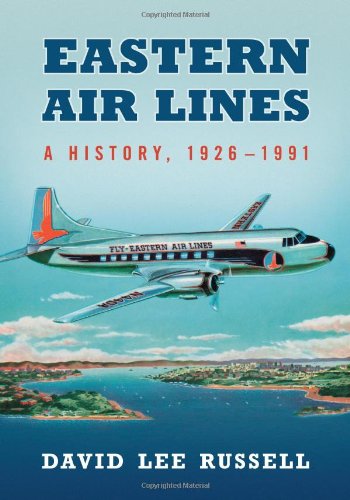 by David Lee Russell
by David Lee Russell
Well-researched and -written histories are virtually timeless as this history of Eastern Air Lines published fully a decade ago proves. All a reader need bring is an interest to let the reading commence.
Eastern traces its origins back to Pitcairn Aviation when, in 1926, it began carrying mail by air from New York City to Atlanta. Harold Pitcairn sold his company three years later and the new owner changed its name to Eastern Air Transport adding passenger service a year later. Eastern Air Transport’s parent company, North American Aviation, experienced financial difficulties even as EAT was growing and prosperous.
It’s at this point that Eddie Rickenbacker enters Eastern’s story. Rickenbacker was already well known; first as a successful race car pilot earning himself the nickname of Fast Eddie, then as a famous World War I pilot of airplanes with his 94th Aero Squadron’s The Hat-in-the-Ring Gang. Captain Eddie, as he was now known, decided he wanted to try and save the foundering North American Aviation but soon realized it was beyond his resources so turned to his friend Ernest Beech, then General Motors 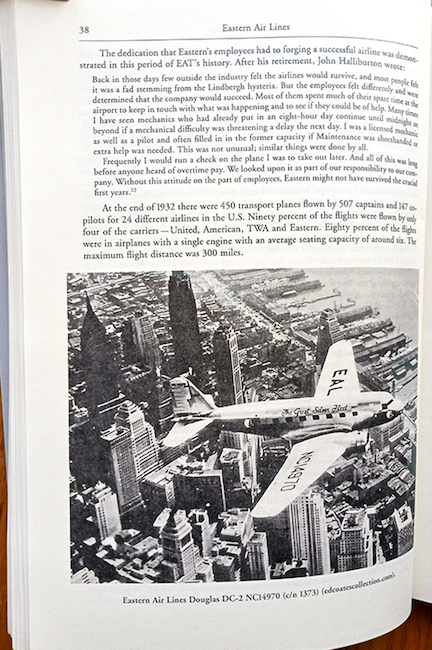 general assistant treasurer, persuading him that his company should diversity by acquiring NAA. In turn, that would open the door for Rickenbacker to acquire the now named Eastern Air Lines when GM was ready to divest itself of it in 1938.
general assistant treasurer, persuading him that his company should diversity by acquiring NAA. In turn, that would open the door for Rickenbacker to acquire the now named Eastern Air Lines when GM was ready to divest itself of it in 1938.
Eastern’s history involving Captain Eddie is convoluted and interesting requiring fully half of the book’s pages to relate his three-decade-long association with the airline. The company Rickenbacker eventually left was by then a publicly traded corporation with all that entails and implies; a board of directors, stockholders, corporate management and all. With management changes came a new look, new logo, new slogan with Eastern becoming “The Wings of Man.” Of course, all along the fleet of aircraft had been updated and modernized to keep pace with the times—apace with what the competition was flying.
Just as that first era of EAL history had been dominated by a familiarly named pilot hero turned airline executive, so too was the second. This time that name was an astronaut who had ranked eighth in his class of 670 when granted his Bachelor of Science degree from the US Naval Academy in 1950. The highlight of his aviation career was piloting Apollo 8, which has the distinction of being the first time ever any human circumnavigated another celestial body—in this case our moon.
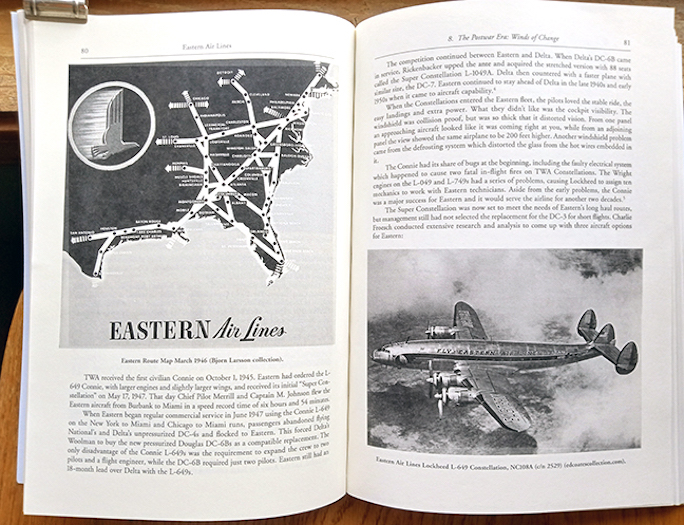
Left hand page is Eastern’s 1946 route map. Facing page, Lockheed L-649 Constellation.
Once retired from the astronaut corps, Frank Borman was invited to become a director on EAL’s board and seven years later was offered the job of heading the airline as its president. Even as he accepted, the airline was challenged by a heavy debt load and the need to update the aircraft fleet in order to remain competitive. Borman’s necessary purchase of newer aircraft further indebted the company thus placing it on an ever steepening slippery slope exacerbated by industry deregulation, recessionary economic challenges, and a machinists union with a stubbornly irrational man at its head.
Eastern’s facing financial disaster forced Borman’s 1986 resignation. Eastern struggled on as is carefully detailed and explained until January 1991 when it “announced publicly that it would shut down all operations at midnight.” One of the most fascinating chapter is the book’s concluding one titled “Aftermath” in which the details of sale of assets and the entire process of shutting down is explained that itself took over a decade to complete.
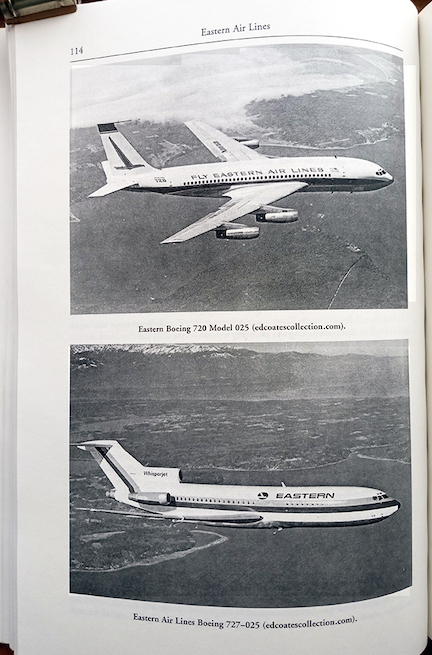
Top, Boeing 720 Model 025. Beneath it is a Boeing 727-025.
What is surprisingly not mentioned at all is that the Eastern name was resurrected three years before this book was written and published when a group formed Eastern Airlines LLC. Found on the web at GoEasternAir.com, it specializes in charter transport and claims to be the first scheduled carrier to be certified in the US since 2007. That said, at this writing that scheduled service is limited to round trip flights between Miami and Santo Domingo.
One of its clients, now for several consecutive years, is high profile; the New England Patriots football organization which purchased two Boeing 767s. One is designated the primary and the other the backup. Both were treated to special paint jobs on the exterior with the passenger cabin reconfigured in order to provide more comfort for football player-size people. The Patriots hired Eastern Airlines LLC to crew (on board both pilots and cabin crew and all ground services as well as maintenance), oversee and maintain both aircraft in 24/7 readiness as the video found at this link shows and explains.
Nicely and unambiguously written, well-presented histories are a pleasure to read. Publisher McFarland excels at producing such and always on acid-free paper, too.
Copyright 2023 Helen V Hutchings, SAH (speedreaders.info)


 RSS Feed - Comments
RSS Feed - Comments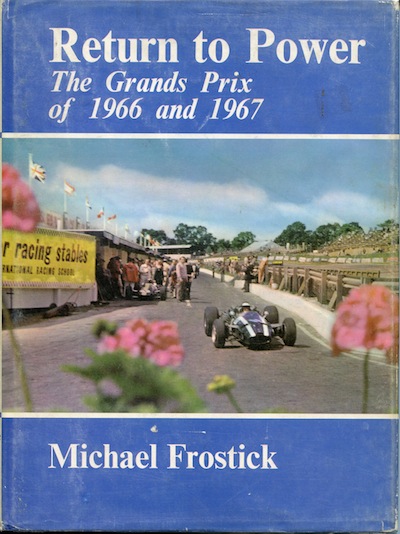
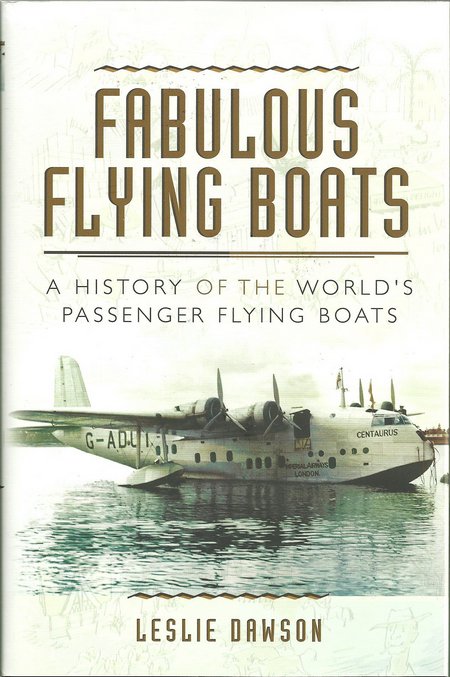
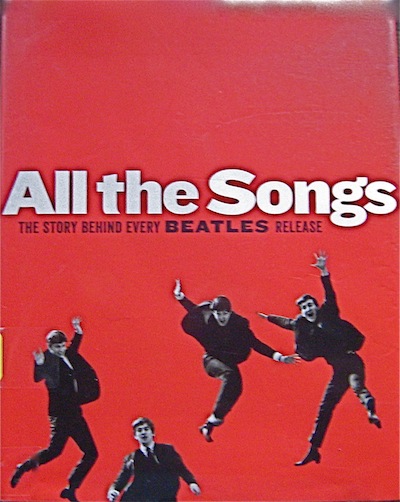
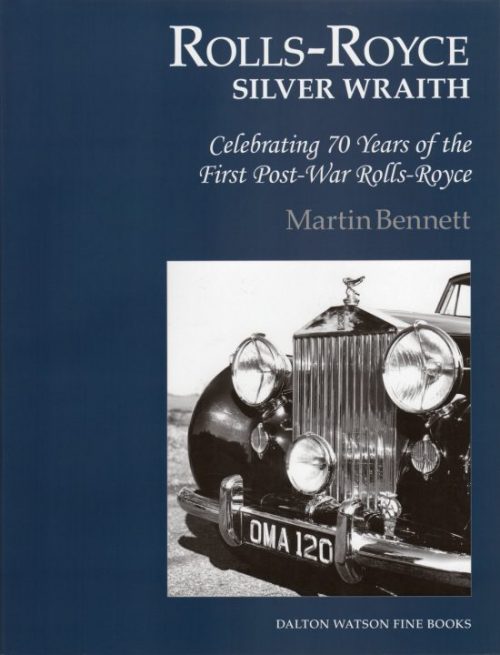

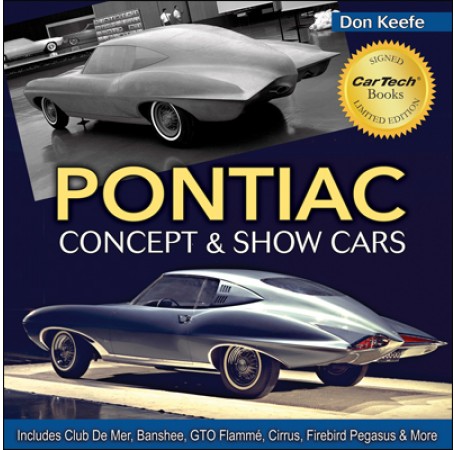
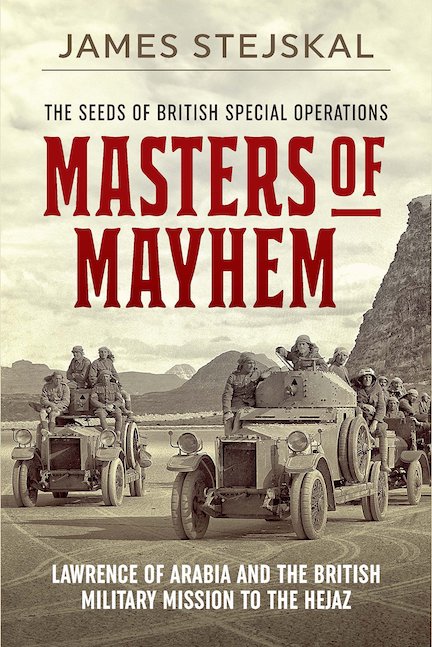


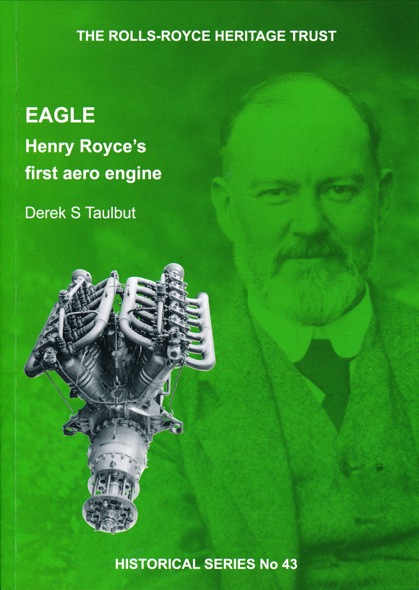
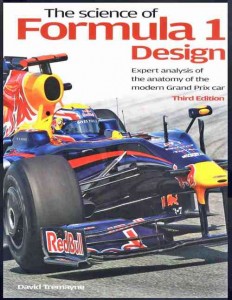

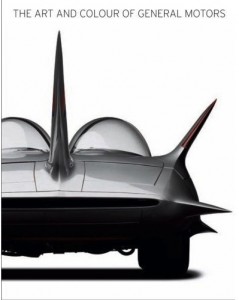

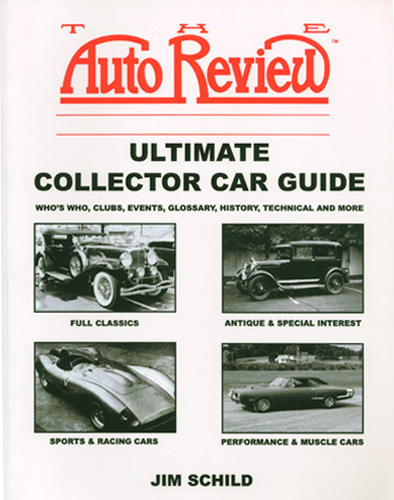
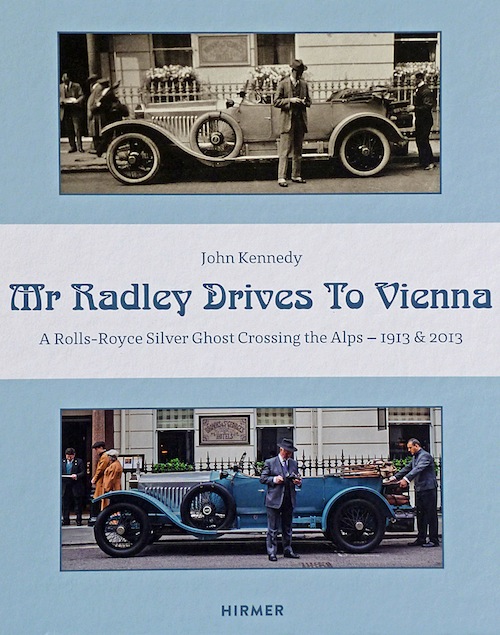
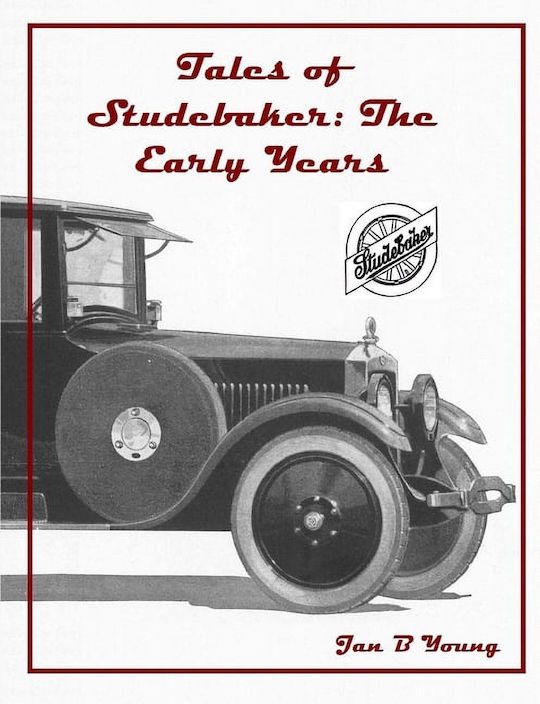
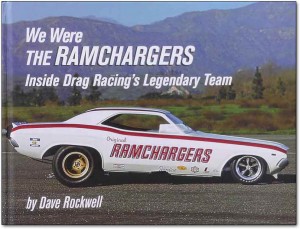
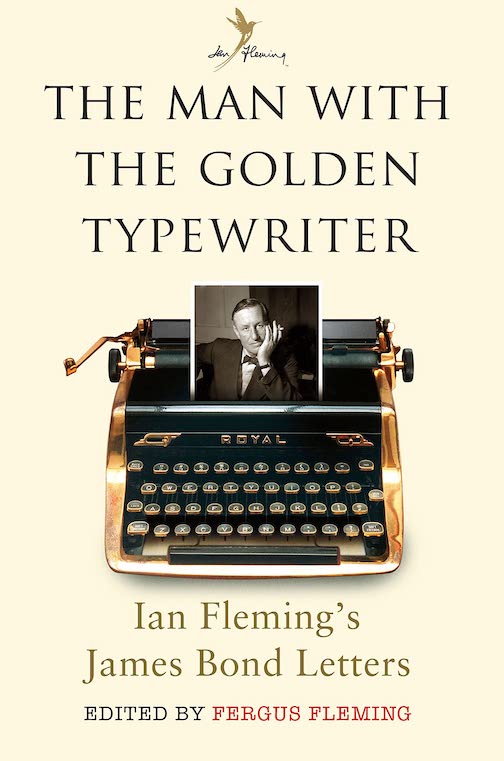
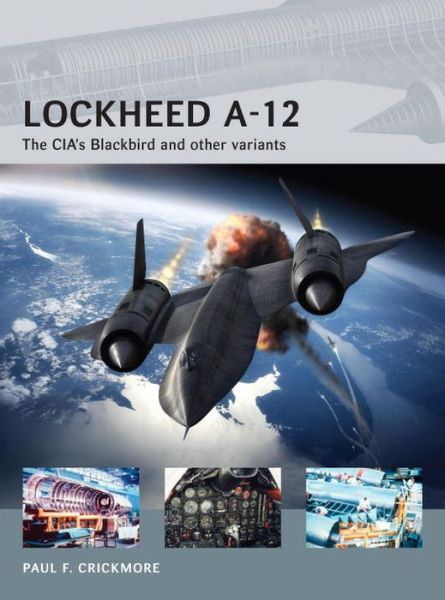
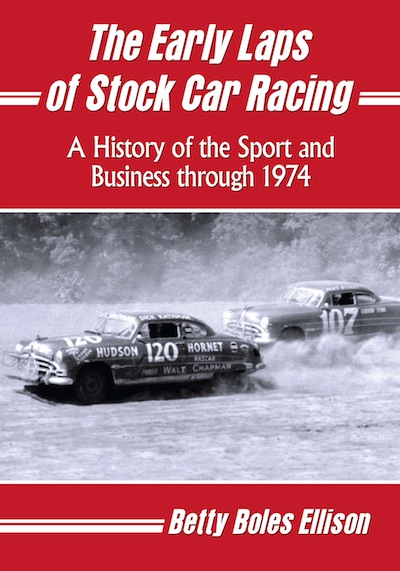
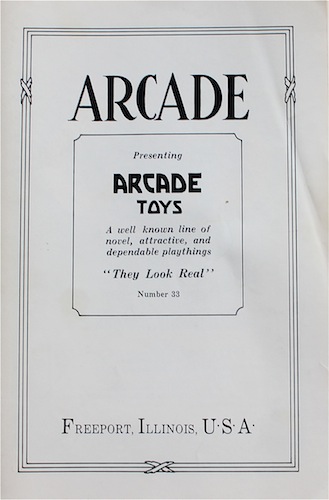

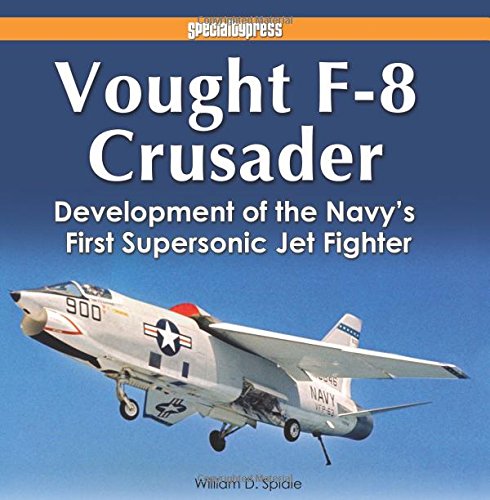


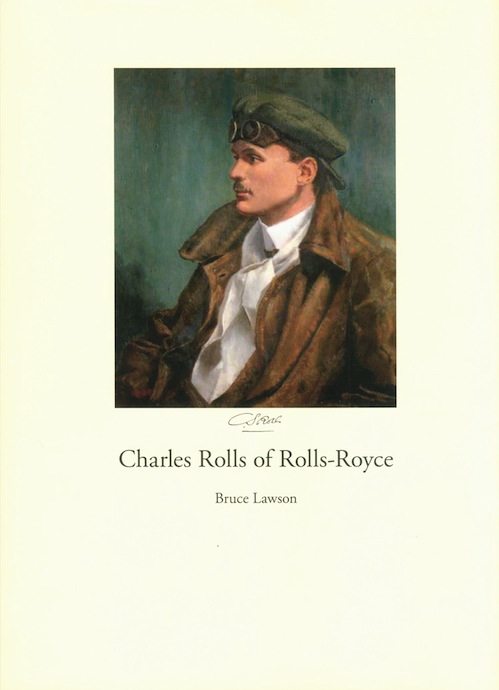



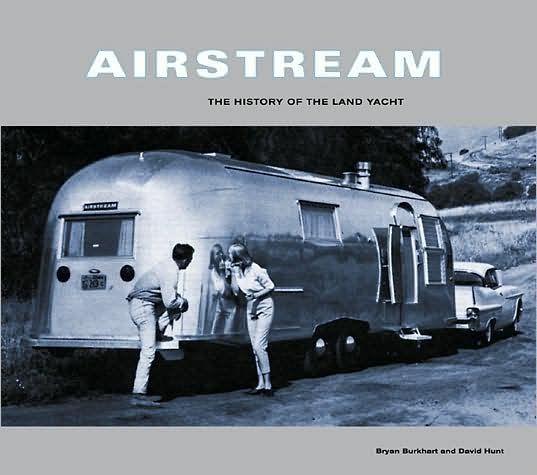
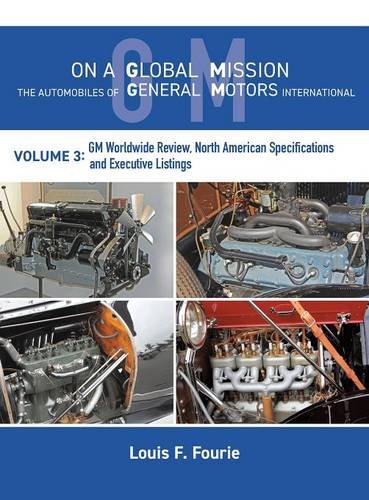

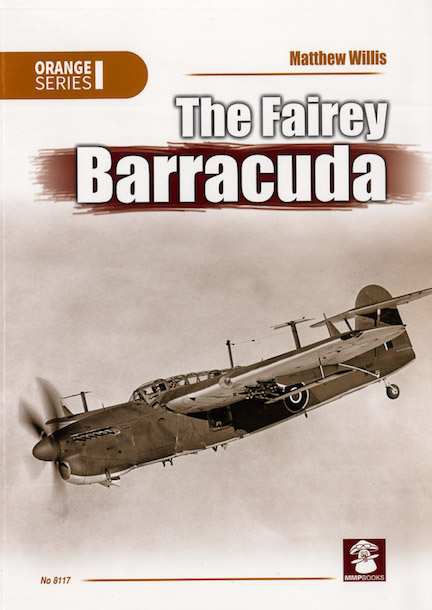


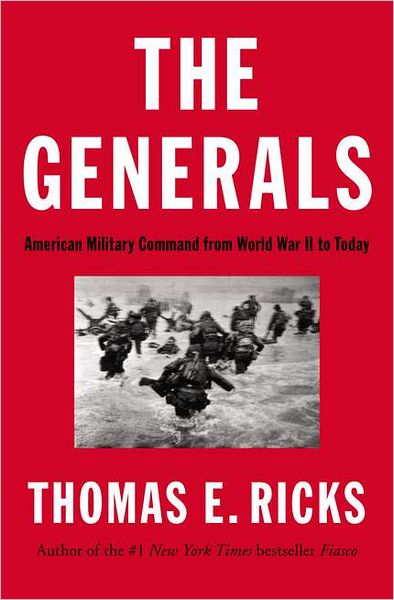


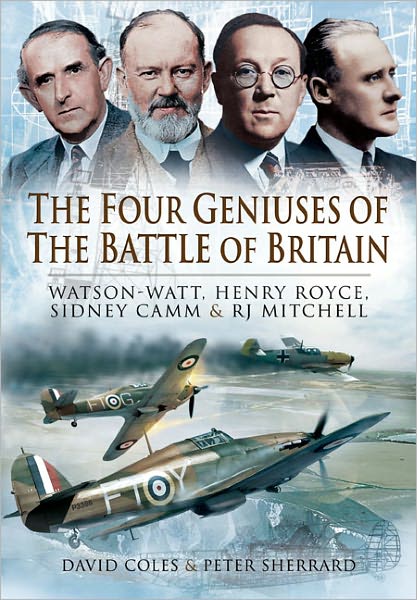

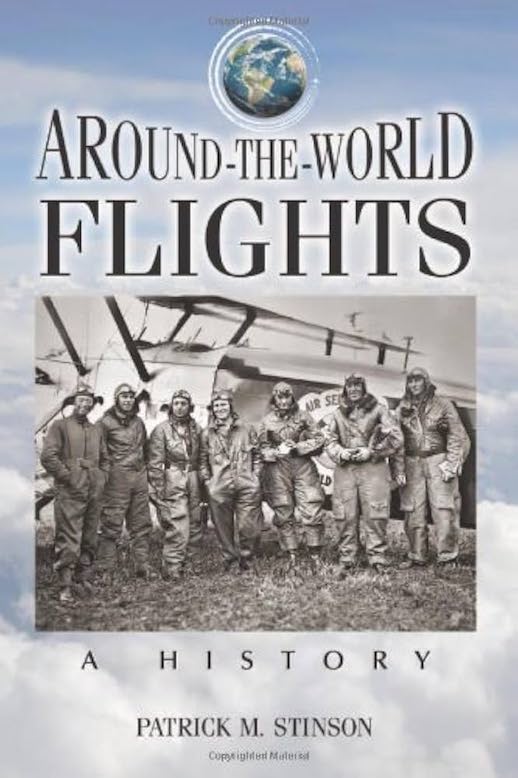
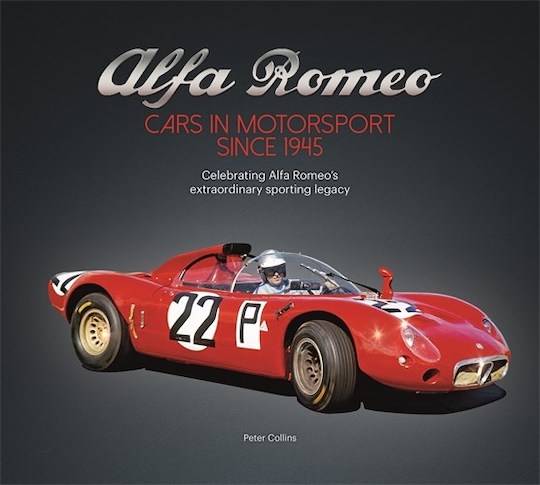





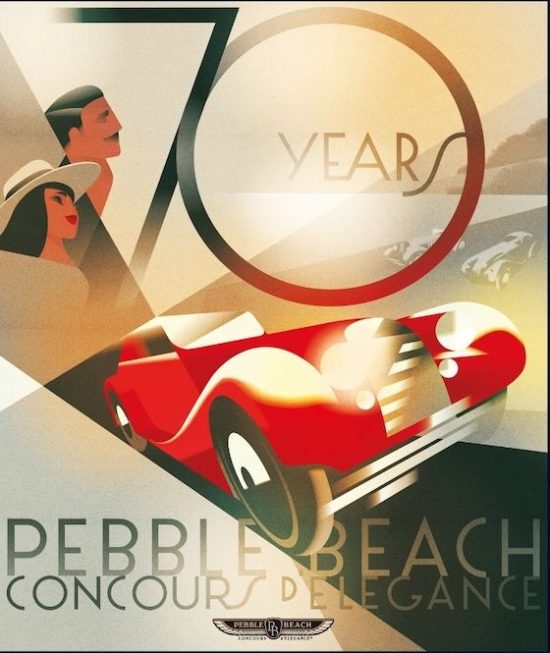
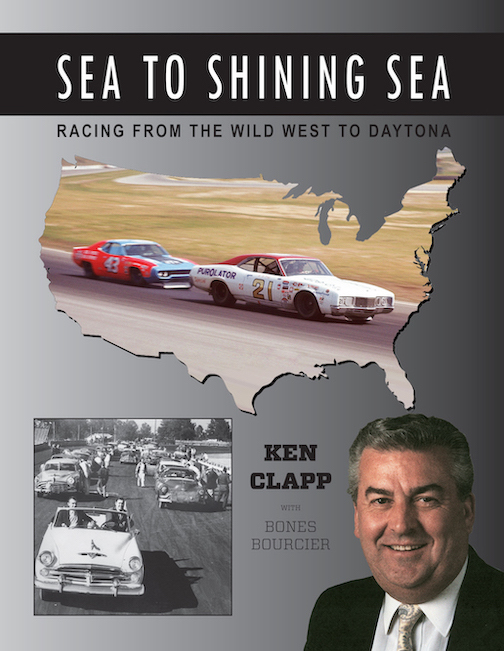



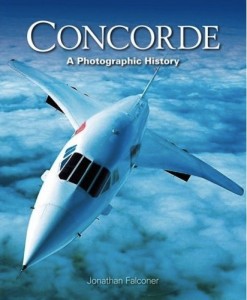
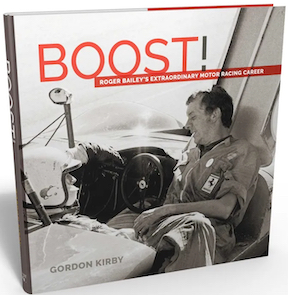
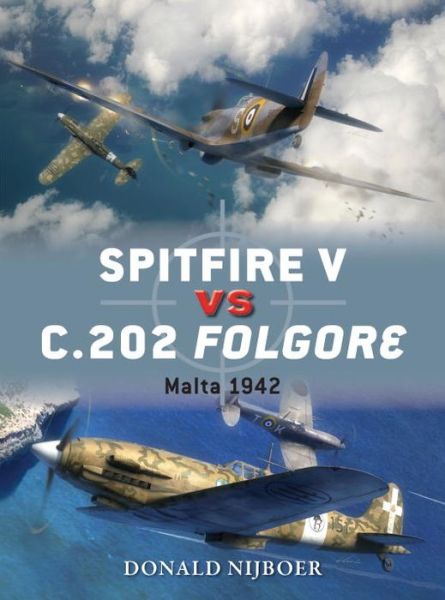


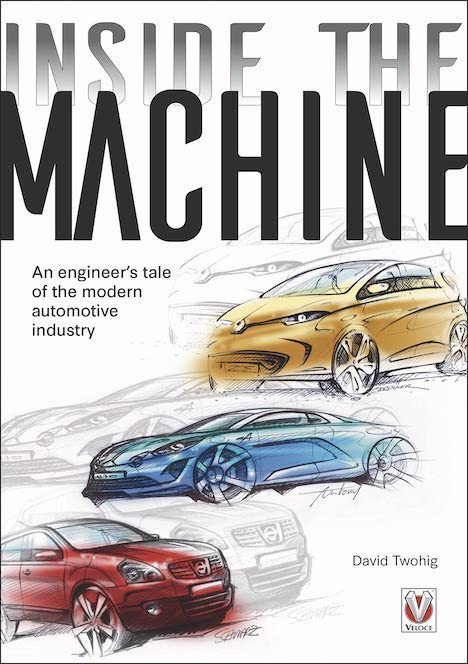
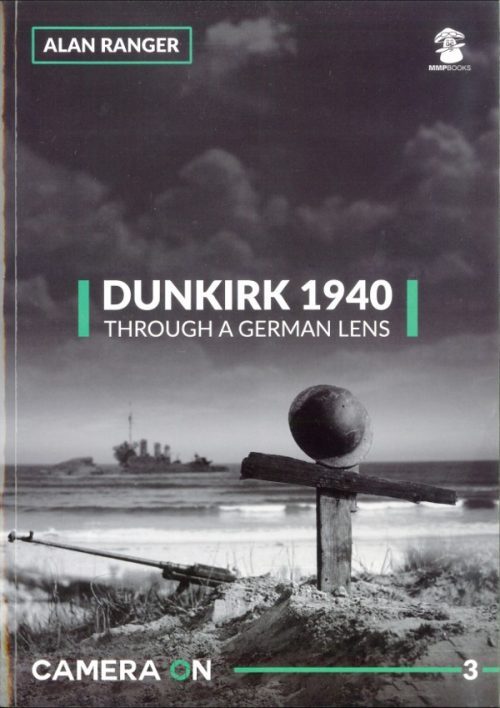

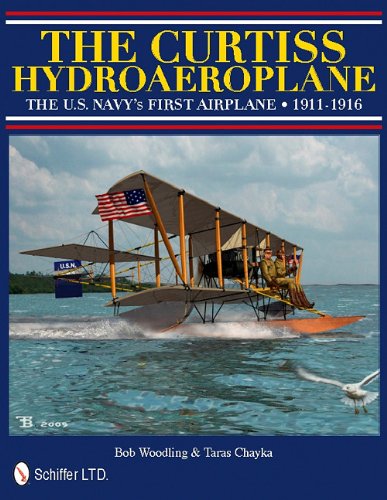
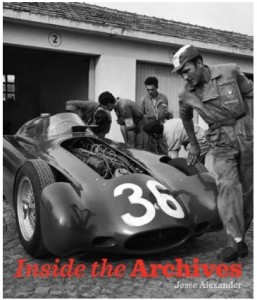
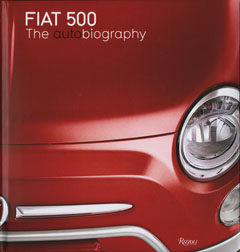







 Phone / Mail / Email
Phone / Mail / Email RSS Feed
RSS Feed Facebook
Facebook Twitter
Twitter